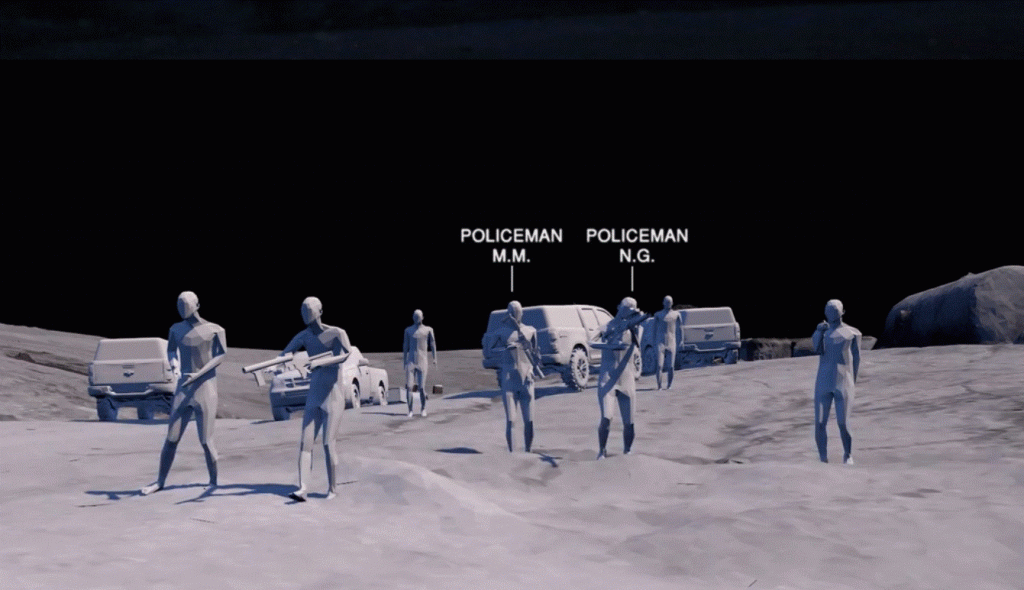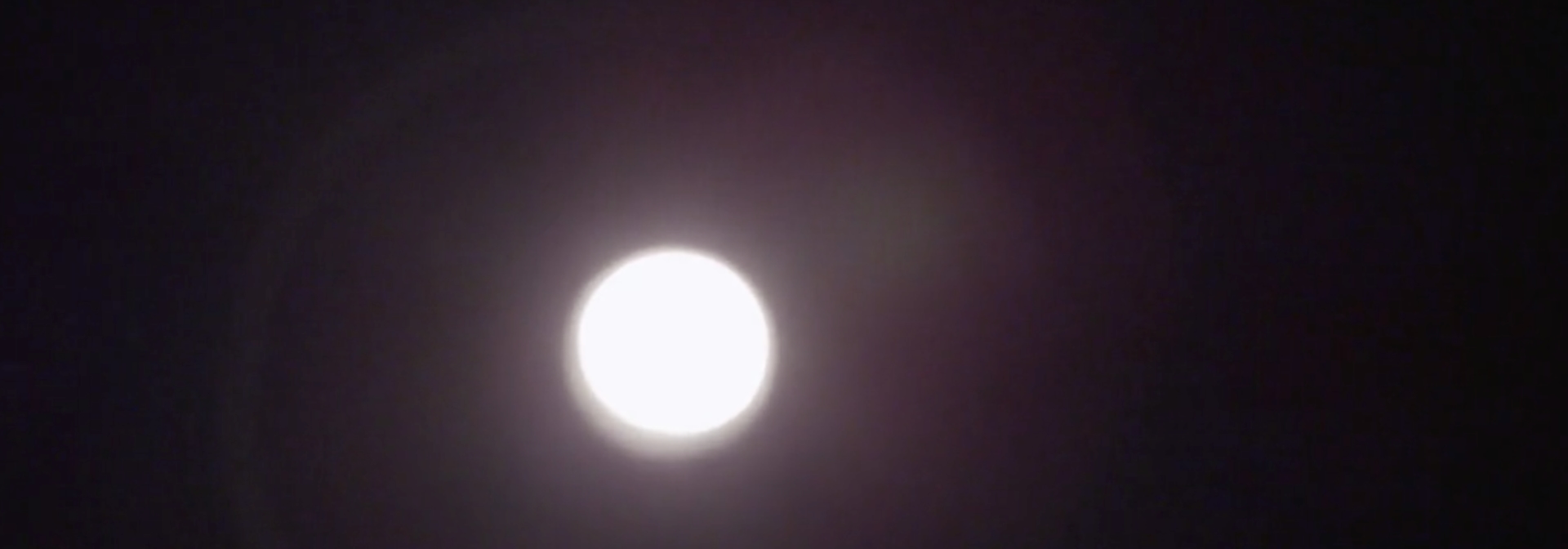
Forensic Architecture’s investigation into the aftermath of the killing by police of Yaqub Musa Abu alQi’an finds ongoing violations: police used ‘less-lethal’ munitions against civilians, potentially including Arab politician Ayman Odeh. Later, police failed to share crucial evidence with Odeh’s lawyers. The latest iteration of our video investigation will be exhibited at New York’s Whitney Museum of American Art from June until September, as part of the 2019 Whitney Biennial.
Video investigation and images (Dropbox)
The case
Before dawn on 18 January 2017, Israeli police raided the Palestinian Bedouin village of Umm al-Hiran. Two people were killed, including Abu alQi’an. Officials described the incident as a terror attack, and suggested that Abu alQi’an had links to ISIS. But residents told a different story. Forensic Architecture (FA) has worked since that day to pursue justice, with the residents, and the family of Abu alQi’an.
FA’s early investigations, in partnership with the documentary photographers Activestills, exposed inconsistencies in the account presented by leading Israeli figures, including Prime Minister Netanyahu. A second iteration of the project was displayed at London’s Tate Britain, as part of the 2018 Turner Prize exhibition. View our previous work on the case here.
A new investigation
Today, FA launches the next stage of its investigation, together with the Public Committee against Torture in Israel (PCATI), whose legal team represents residents of Umm al-Hiran in legal proceedings against the Israeli police.
During the hours after Abu alQi’an was shot and killed, police acted illegally, committing violence against civilians, seriously wounding the most senior Arab member of the Knesset [Israel’s parliament], Ayman Odeh, who was with protesters at the site. In some cases, the police appeared to be preventing civilians from recording the events.
When PCATI began legal proceedings on behalf of both the residents and Odeh, evidence relating to the incident was shared with them by the police. It became clear that some of that evidence was missing, including crucial video material and pages of testimony. Our investigation supports Odeh’s claim that he was shot in the face by sponge bullets, and shows that video evidence could have been withheld to obscure the truth of how Odeh was injured.
Conclusions
Our investigation supports Odeh’s claim that he was shot in the face by sponge If this is the case, the use of sponge bullets in this way is against the Israel Police’s own regulations.
The evidence file shared with Odeh’s legal team by the Israel Police is incomplete—at least three videos are missing.
Also missing is the full, unedited version of a video that was ‘leaked’ to Israel’s Channel
An edited version of the video was broadcast, with key moments missing—possibly including the injury to Odeh.
Sponge bullets and pepper spray are used to target activists with cameras, in ways that clearly contradict the Israel Police’s own
– Killing in Umm al-Hiran will be screened ten times every week at one of New York’s leading cultural institutions, the Whitney Museum of American Art, until 22 September 2019, as part of Forensic Architecture’s contribution to the 2019 Whitney Biennial.
Quotes
Eyal Weizman, Forensic Architecture’s director, said: ‘This project is like a Russian doll: violations within violations. The Palestinian Bedouin village of Umm al-Hiran is being demolished to make way for a Jewish-only settlement. Demolitions were undertaken in a dead-of-night raid, by dozens of armed police. That led to the unprovoked shooting of Abu alQi’an, and the denial of medical aid from him. It also lead to assaults on residents, activists, and Palestinian politicians on site. This physical violence was continued by bureaucratic violence: cover-ups and the manipulation of evidence.
We should not forget that the story of Umm al-Hiran is not an isolated one. Around 35 Bedouin villages, home to over 1000 Palestinian Bedouin citizens, are illegalised, unserved by basic infrastructure, and unrecognised by Israel.’
Noa Levy, head of PCATI’s Freedom of Protest Project, said: ‘The incident in Umm al-Hiran exemplifies the history of brutality by Israeli police towards the country’s Arab minority. For the residents of the village, and their allies and supporters, the traumatic experience of that day had many components: a long history of the eviction of Arab residents in order to build Jewish settlements, the police’s approach to the eviction, which took on the character of a military operation, the trigger-happy behaviour of individual policemen during the incident, and of course the characterisation of Abu alQi’an, a local maths teacher, as a terrorist, which seemed to legitimise the police to shoot him, and then preventing him from receiving the medical care which could save his life.
‘The assault on MK Ayman Odeh, who was shot in the head with a sponge bullet by a policeman who knew very well who he was firing at, was an act of unjustifiable aggression. The subsequent denials by police and the decision of Mahash [the Israel’s police investigators] to close the case chimes with what we know of the wider story of the Arab minority in Israel: this was not just an isolated accident in a distant village. We appealed against that decision by Mahash, and are determined to take the case to court if necessary, in order to uncover the truth, and demand justice, and that the law is enforced in relation to the assaults on Ayman Odeh, the residents of Umm al-Hiran, and their friends and supporters.’



